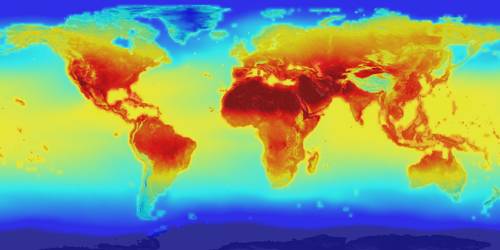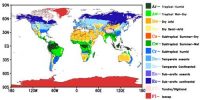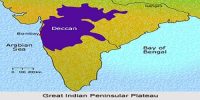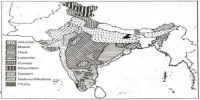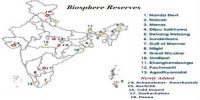Climate in the recent past
Variability in climate occurs all the time. The nineties decade of the last century witnessed extreme weather events. The 1990s recorded the warmest temperature of the century and some of the worst floods around the world. The worst devastating drought in the Sahel region, south of the Sahara desert, from 1967-1977 is one such variability. During the 1930s, a severe drought occurred in southwestern Great Plains of the United States, described as the dust bowl. Historical records of crop yield or crop failures, of floods and migration of people, tell about the effects of changing the climate.
Scientists know the most about the most recent climate changes and events. The more time that passes, the less we know about Earth history. We know more about climate changes in the Holocene than we do in the Pliocene; more about the Pleistocene than the Paleocene. We know more about the Wisconsin glaciation than we know about the Kansan, and more about the Kansan that the Nebraskan.
A number of times Europe witnessed warm, wet, cold and dry periods, the significant episodes were the warm and dry conditions in the tenth and eleventh centuries when the Vikings settled in Greenland. Europe witnessed ‘Little Ice Age’ from 1550 to about 1850. From about 1885-1940 world temperature showed an upward trend. After 1940, the rate of increase in temperature slowed down.
The Tibetan Plateau began to be uplifted with the collision of the Indian Plate with the Eurasian plate about 58 million years ago and began to affect the climate of Southeast Asia. The high standing plateau and the Himalayan Mountains caused the severe monsoons that affect the area today.
